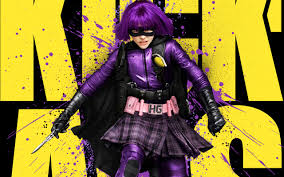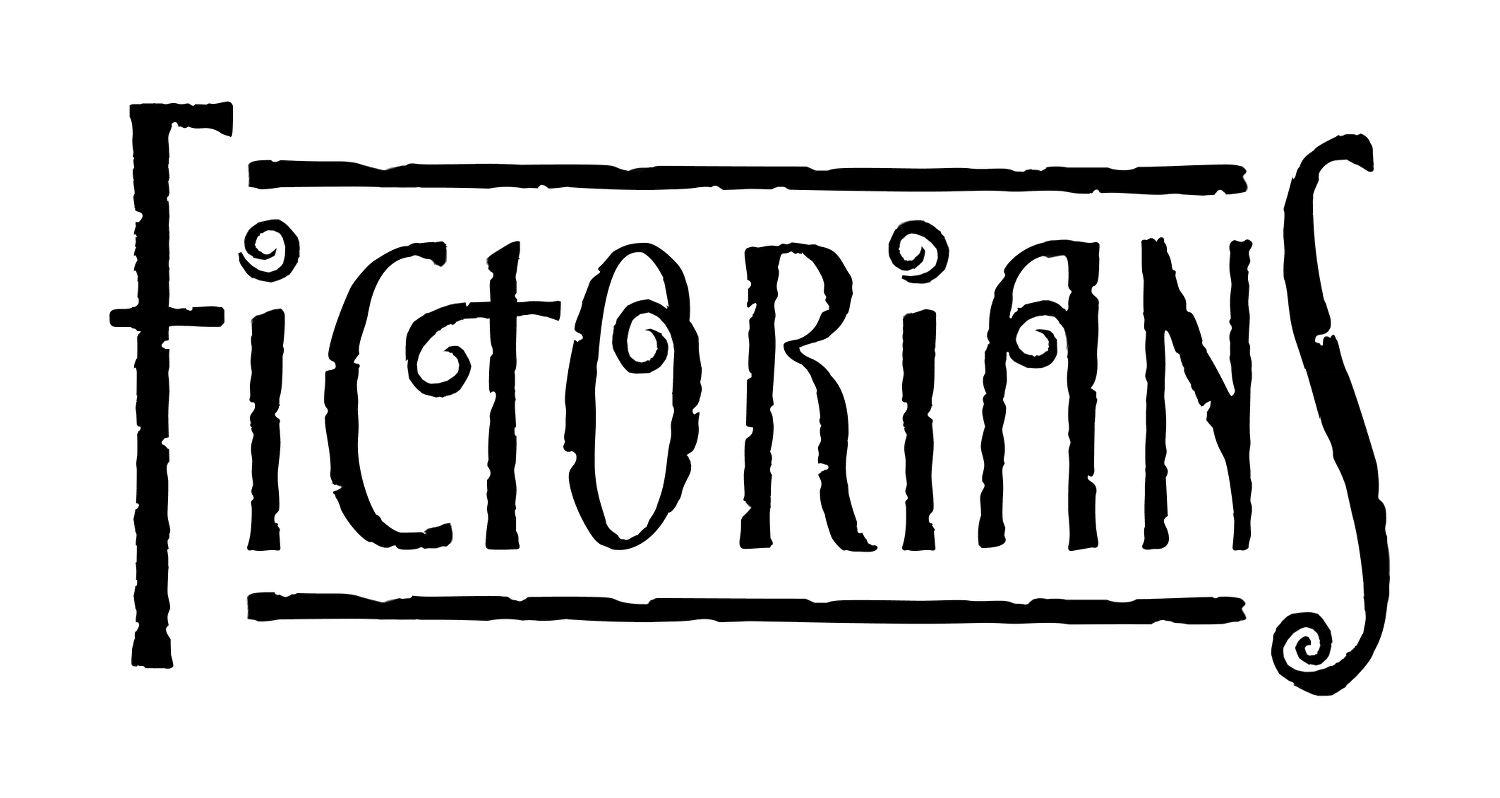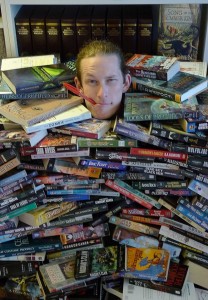 When I Googled bad boys and anti-heroes for my previous post just to gather thoughts, I came up with a wealth of information. Easy peasy. Then one of our readers (Thank you!) asked about the female counterparts. Good point. One which I then discussed with a writerly friend and we had an excellent conversation on the topic, though finding examples took us a while. But once we got started, it was great and even clarified some differences for me between ‘bad’ and ‘anti-hero.’ So, here I am doing a sequel a year later.
When I Googled bad boys and anti-heroes for my previous post just to gather thoughts, I came up with a wealth of information. Easy peasy. Then one of our readers (Thank you!) asked about the female counterparts. Good point. One which I then discussed with a writerly friend and we had an excellent conversation on the topic, though finding examples took us a while. But once we got started, it was great and even clarified some differences for me between ‘bad’ and ‘anti-hero.’ So, here I am doing a sequel a year later.
A few things I noticed.
A ‘bad girls’ search only got me to the western movie of the same name. Sad.
When I previously googled anti-hero, all I got were guys, but lots of them. I actually had to google ‘anti-heroines’ (sad) before I got any gals and the resources were limited in substance. Not easy peasy.
I found in the discussions on this topic (online) there was huge dissention about what does or does not make a woman an anti-hero. There were arguments for likeability despite character flaws, arguments that said being annoying didn’t qualify one as anti-hero, and arguments that ‘bad’ and anti-hero’ were the same. Names were bantered about (some I agreed with and others not so much). Some were just crazy (read sociopaths and psychopaths). Not sure how crazy qualifies, personally. Apparently, women anti-heroes seem to be a difficult breed to pin down (and once more I say this is a sad state of affairs), so I’m going with the same qualifications I used for the guys.
As a refresher, they are: Bad Girls/Boys – They are no one you really want to introduce to dear old mom and dad, may wear inappropriate clothing or jewelry, have a disregard or disrespect for authority figures (including the parents), may brood, be rebellious, could be one of those musician types, may ride a motorcycle, and could have a criminal record.
Anti-heroes (Girls/Boys) – They lack conventional heroic qualities, may have a bad attitude, possess both good and bad traits, and while we may not be able to look up to them, we root for them to redeem themselves.
And in both cases, despite all these dubious traits, we want to inspire their redemption or bring forth their better self. And in a romantic world we want to be the cause of that change. Girl or Guy (I don’t care), this is my measuring stick.
I think we find them appealing because we want variety and depth. Like Goldilocks, we don’t want too soft or too hard, we want just right. And sometimes, just right looks awfully wrong at first glance. Like Jessica Rabbit, she wasn’t bad, she was just drawn that way. Or traversed a rocky road to get to where she is now – badly in need of love to help pull her back from the Dark Side.
My favorite is Lisbeth Salander. Rocky Road? This gal was crossing the Grand Canyon with a lame burro. Seriously. Yet she survived. Tough as nails, sought revenge on those who did her wrong and sought vengeance for those who were victims. Did her and Mikael get a HEA (Happy Ever After)? No. But I think Mikael loved her and hoped his influence helped her in some way. And I firmly believe (hopeless romantic that I am) that at some point in her future she found/will find the right gal or guy to help mend her sexy broken self.
What about Scarlett O’Hara? Rhett loved her and fought uphill all the way. She may have looked like a southern belle, but she had an iron will and mind that gave her a whole host of unconventional heroic traits. Rhett saw through all that nonsense and loved her for those very same traits. Arguably, her iron will and mind also drove Rhett away eventually, but as she says, “Tomorrow is another day.”
I have little experience with La Femme Nikita, so I’ll stick to the Bridget Fonda character, Maggie, in the homage Point of No Return. Druggie criminal with a wicked bad attitude, recruited and trained to be an assassin, yet deep (deep, deep) she has a soft side that J.P. brings out in her. She redeems herself to be worthy of him, only to have to leave him in order to survive leaving Bob and the agency for which she kills And let’s not forget that Bob loves her too. He loves all of her cuz he’s seen the real Maggie and molded her into who she is today (except for the gooey soft parts J.P. inspired). I love this character. I love her strength to do what she had to do no matter how hard.
I was waffling on Faith from Buffy the Vampire Slayer (the series, NOT the movie – don’t get me started on the movie ….), but I think I will add her here. She was über unconventional, had a bad, bad attitude and wore totally inappropriate (even I am rolling my eyes a little at this turn of phrase) clothing. Yet, we loved to hate her, then we loved to love her and always I think we were rooting for her redemption and hoping some nice guy would come along and soften those very sharp edges. She especially reminds me of Jessica Rabbit for some reason I can’t explain. Also Eliza Dushku is notoriously good at playing this type of character. Could be her dark broody looks lend that impression to begin with so that’s how she’s cast. I dunno.
One new addition is Jennifer Lawrence’s Tiffany on Silver Linings Playbook. She’s a bitter, depressed widow with a lot of anti-social tendencies and a bit of sex-addiction thrown in for good measure. What’s to love? She loves dancing. How bad can she be if she loves ballroom dancing? Pat (played brilliantly by Bradley Cooper) finds a lot to love in her. He’s his own brand of mega-issues. But between them, they find a way to bring out the best in each other and isn’t that what all this is about? I dare say it is. Maybe. Yeah! I think so.
Another new addition is Hit-Girl in the Kick-Ass movies. She was raised to be a vigilante and knows more about weapons and fighting than even the non-average bear. She is totally kick-ass (lol) and I was completely rooting for her and Dave to complement each other’s missing bits – like his lack of real fighting skills and her lack of any kind of normal childhood. To quote Wayne and Garth – “Party Time! Excellent!”
Some honorable mentions (because I’m waffley on their status but I’m open to discussion): Hayley Stark in Hard Candy (such a great movie and Ellen Page is chilling as Hayley – maybe too young to be anti-hero yet, but in the future? with this past?), The Bride in Kill Bill (are we rooting for her redemption or just her revenge?), Aileen Wuornos (real life and Charlize Theron’s movie version – bad or just crazy?), Emma Bovary in Madame Bovary (unconventional or just cold – I dunno), Selene in Underworld (lovable to be sure, but is she unconventional enough? Is being a vampire enough?), Mathilda in Léon: The Professional (another age issue for me – but in the future, her possibilities are endless), Cathy in Wuthering Heights (bad, unconventional or just untterly selfish?), Catwoman from the Batman franchise ( I think you could argue for crazy but she is a bad-ass), two Farrah Fawcett characters – Marjorie in Extremities and Francine in The Burning Bed (in both is she just victim seeking revenge? Or something more?), Lara Croft from Tombraider (I’m not sure she’s unconventional enough but she can be tough).
*I was all over the place on references, metaphors and similies – I thank you for staying with me. 🙂 And now — let the discussion begin.

